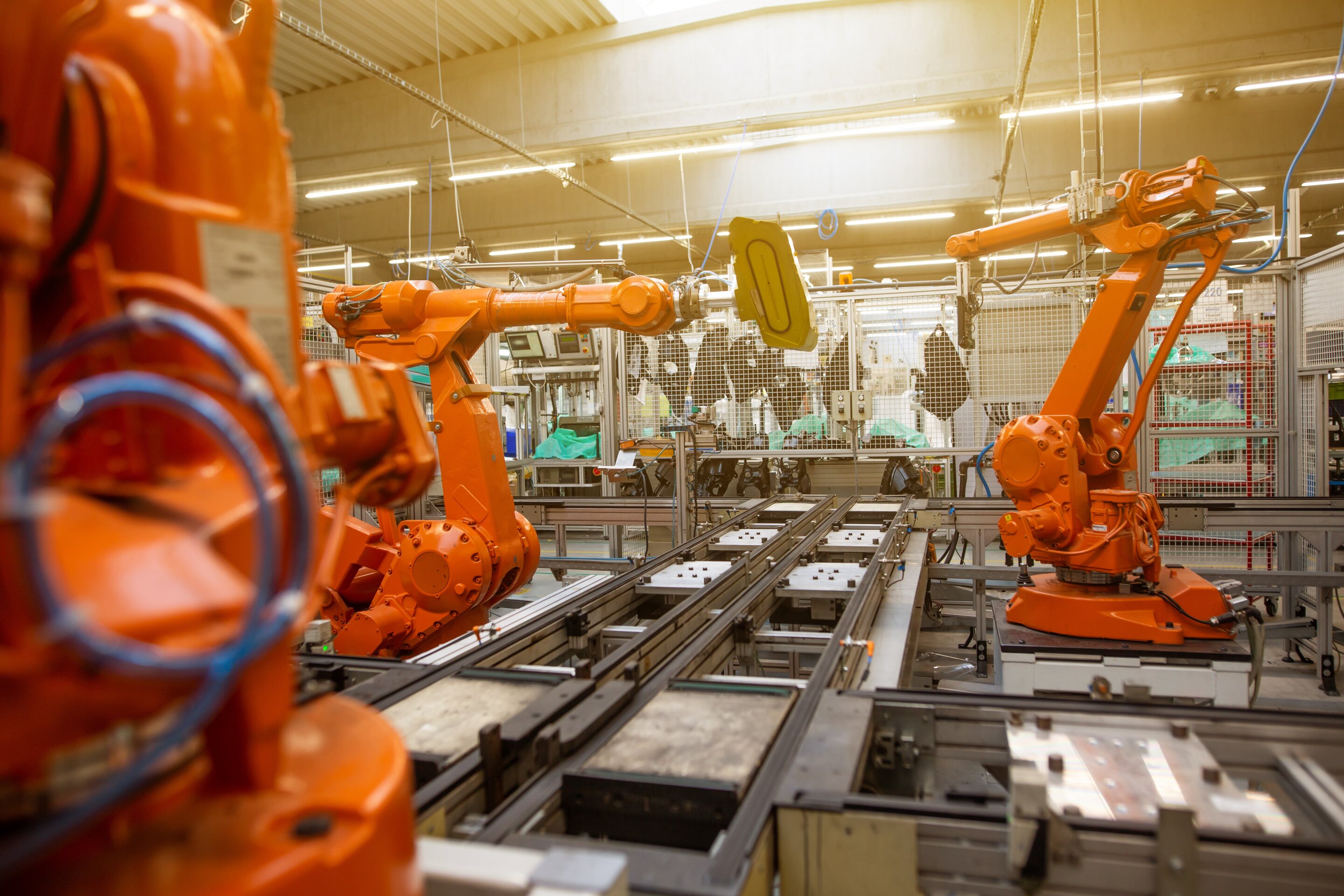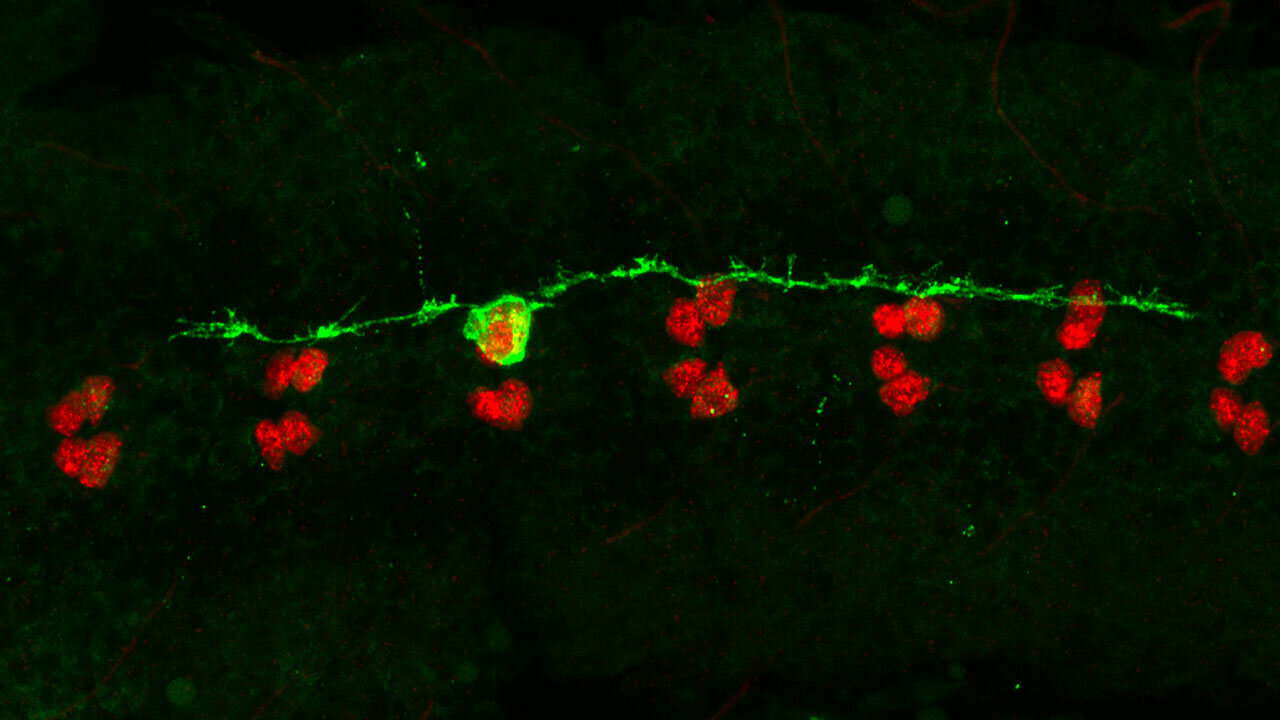#How new product development shapes firms and the economy


Understanding product life cycles plays an important role in the innovation arms race, helping to define firm growth and market competition.
Products experience a substantial decline in sales after an initial period of growth, a trend that is consistent across various industries and product types.
“By examining the life cycle of a wide cross-section of products, we can see the role product performance plays in shaping firm and economic growth,” said Munseob Lee, assistant professor of economics at the University of California San Diego School of Global Policy and Strategy.
Lee and his fellow researchers, Yale University’s David Argente and Northwestern University’s Sara Moreira, had a unique approach to their study. Rather than looking at durable goods like personal computers, they used a retail scanner to examine a broad range of everyday products, including nondurable goods, such as cereals and drinks, and semidurable goods, such as razors and lamps.
The paper, publihsed in the Journal of Political Economy and titled “The Life Cycle of Products: Evidence and Implications,” was also co-authored by Yale University’s David Argente and Northwestern University’s Sara Moreira.
The team built a dynamic model highlighting the innovation-obsolescence cycle, where firms need to introduce new products to grow; otherwise, their portfolios become obsolete as rivals introduce their own new products.
Two major processes impacted this decline: “business-stealing,” where competing firms introduce similar but more enticing products, and “cannibalization,” where firms introduce new versions of their own products and reduce their sales. The interplay between these two types of innovation shapes the growth of firms and the economy.
Firms experience a smooth and moderate growth of about 2% a year. However, this decline conceals massive product reallocation. New products account for a positive contribution of 12% to this growth, and the lagging sales of existing products account for a decrease of 10%.
“The conventional view is that product sales follow a bell-shaped curve,” Lee said. “Our research shows that product sales experience a steady decline throughout the greater part of the product life cycle, declining on average 30% per year between the first and fourth year of activity.”
This debate emphasizes the critical role that nonprice strategies play in shaping the modern competitive environment. When business stealing is relatively prevalent, firms will find it more profitable to respond by introducing a new product than by reducing the prices of existing products.
David Argente et al, The Life Cycle of Products: Evidence and Implications, Journal of Political Economy (2023). DOI: 10.1086/726704
Citation:
How new product development shapes firms and the economy (2024, March 6)
retrieved 6 March 2024
from https://phys.org/news/2024-03-product-firms-economy.html
This document is subject to copyright. Apart from any fair dealing for the purpose of private study or research, no
part may be reproduced without the written permission. The content is provided for information purposes only.
If you liked the article, do not forget to share it with your friends. Follow us on Google News too, click on the star and choose us from your favorites.
If you want to read more Like this articles, you can visit our Science category.



